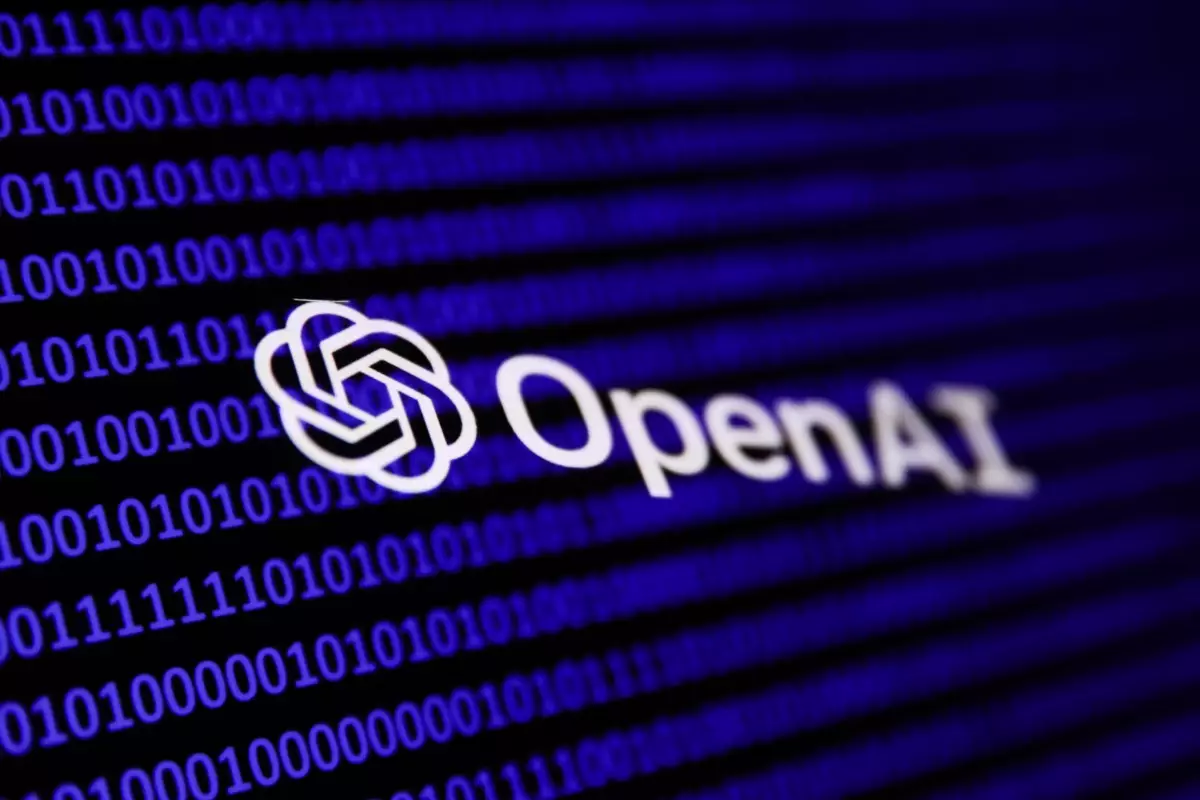In a significant development that has captured the tech world’s attention, OpenAI filed a new trademark application with the U.S. Patent and Trademark Office (USPTO) last Friday. While trademark applications are routine in the business landscape, the contents of this file suggest an ambitious expansion that could shape the future of consumer technology. OpenAI, primarily known for its state-of-the-art AI models, appears to be setting the stage for a leap into hardware and innovative interactions.
Trademark applications can often be a harbinger of what’s to come, even though they may not directly correlate to imminent product releases. OpenAI’s recent filing hints at numerous new product avenues beyond its software offerings. The application specifically identifies a range of hardware products, including headphones, glasses, smartwatches, jewelry, and virtual reality devices designed for “AI-assisted interaction, simulation, and training.” This broad spectrum indicates a strategic initiative to embed artificial intelligence deeply into everyday consumer tech.
While one might view this shift as a natural evolution from software to hardware, it also raises questions about the viability of AI-powered consumer devices. As evidenced by OpenAI’s collaboration with design luminary Jony Ive, these aspirations are not just speculative; they are supported by concrete expertise. However, CEO Sam Altman’s remarks suggest caution. He mentioned that creating these AI devices could take “several years” before any prototypes might materialize, emphasizing the complex nature of merging AI with hardware.
One of the more intriguing elements of OpenAI’s filing is the reference to “user-programmable humanoid robots.” This suggests a vision where AI not only enhances existing devices but may also evolve into interactive companions capable of learning and assisting individuals in a variety of tasks. The growing interest in robotics indicates that OpenAI may be aiming to penetrate fields beyond mere consumer electronics, parsing into complex human-machine interactions that redefine the boundaries of robotics.
The establishment of a new robotics team under Caitlin Kalinowski, who transitioned from Meta’s augmented reality initiatives, corroborates OpenAI’s intentions. As they seek to develop humanoid robots equipped with advanced AI for practical applications, the collaboration promises significant innovation in building machines that engage with humans in intuitive ways. However, the practical applications of such technology remain speculative, casting a shadow on timelines for actualization and user readiness.
The Role of Custom AI Chips and Quantum Computing
Alongside aspirations in robotics, OpenAI’s trademark application explores the ambitious space of custom AI chips and advanced computing solutions, even hinting at quantum technology. The implication of custom AI chips is particularly notable; reports suggest that OpenAI’s engagement with semiconductor giants like Broadcom and TSMC could yield a specialized chip aimed at maximizing the efficiency of AI processing by 2026. This development could significantly influence AI training costs, which have continued to escalate amid growing model complexities.
Quantum computing stands out as another speculative yet exciting frontier for OpenAI. The potential of quantum systems to dramatically enhance computational speed and efficiency makes it a compelling area of exploration. For a company reliant on cloud-based solutions for processing demands, venturing into quantum architectures could redefine how AI models are trained, rendering the current limitations obsolete. Yet, the implementation of such technology remains enigmatic, causing stakeholders to ponder the practical timeline for its introduction into mainstream use.
While OpenAI’s trademark filing is replete with potential, it serves as a reminder of the complexity and challenges inherent in translating visionary pursuits into tangible products. The multifaceted directions outlined in the application expose various exploratory avenues but also underscore the uncertainty of market realization. As OpenAI forges ahead with its plans, industry watchers will keenly observe whether these aspirations culminate in viable consumer hardware and transformative AI applications. The road ahead is fraught with technical, ethical, and financial hurdles, but OpenAI appears poised to challenge the status quo, potentially reshaping how we interact with technology in profound ways.

